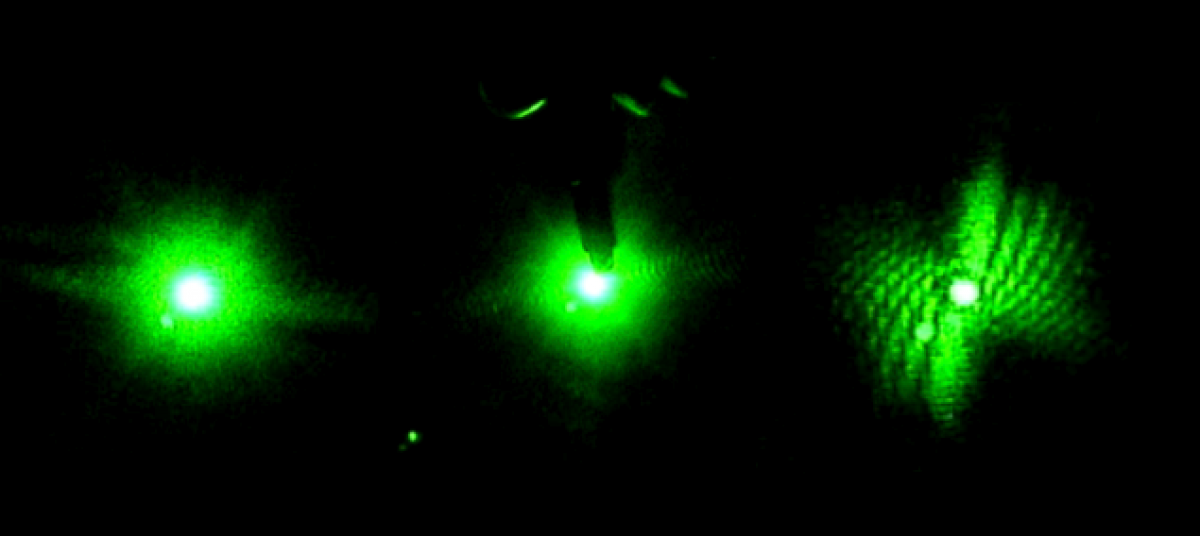As one of the new grunts of VAOL, this first week has progressed appropriately awkwardly, full of disorientation and demonstrations. I think it is appropriate to keep this first post simple, and avoid technicalities.
As I’ve been introduced to the lab, several themes have been repeated to me:
- Experiments usually fail several times before any actual progress is made. One step back before two steps can be made forward.
- There is a lot of waiting involved. In order for science to be done, there is a lot of shuffling around and communicating to be done first, then purchasing of equipment/setting it up, then figuring out what experimental procedure will answer the proposed question, etc. In this case, working with C. elegans, an additional step is figuring out how to coordinate the work with a living creature, and how to best make due with the supplies at hand.
- A good understanding of the equipment is essential. As an example, in the current Shadow Imaging experiment, a Helium-Neon laser is the most useful laser because the beam is safe (easy to work with), it is relatively affordable, has good beam quality (stays focused for an extended time), and it has an adjustable wavelength, and as a result, can efficiently produce any wavelength of visible light (unlike many other types of laser). In general, it is extremely important in experimental setup to do thorough research on what type of equipment would be best for the experiment long before the actual experiment can be conducted.
- There are often simple solutions to complex problems. For example, also in the Shadow Imaging experiment, one problem that arises is: how to keep track of the beam’s magnification on the screen? Simple solution: set a clear ruler at the measuring distance between the laser and the screen , an mark on the screen the magnification. In a word, good experiments require some Cleverness.
What’s next? –> I will soon be learning how to grow worms! The almost-microscopic C. elegans has a reproductive life cycle of about 4 days, and to keep the population constant, they must be transferred from dish to dish to give them food and a fertile location to reproduce. Apparently, it takes practice to learn to do it without killing them…
